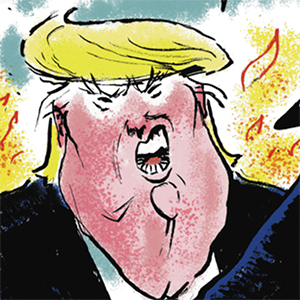Unemployment Benefits: Balancing Acts - Unemployment and the Formulation of Economic Policy
Published in BenefitsWise
Understanding the role of economic policy in addressing unemployment necessitates a close look at how government strategies, both fiscal and monetary, respond to, and shape the employment landscape. These policy tools are central to managing economic stability and fostering an environment conducive to job creation and sustainable growth.
Governments play a crucial role in managing unemployment through the formulation and implementation of economic policies. Such policies are framed with an aim to maintain economic stability, stimulate growth, and create a favorable environment for employment. They can be broadly categorized into fiscal and monetary policies, each having distinct mechanisms and impacts on employment levels.
Fiscal policy pertains to government spending and tax policies. Through adjustments in these areas, governments can influence economic activity, subsequently affecting employment levels. For instance, during economic downturns, governments might opt for increased public spending on infrastructure projects, education, and healthcare, creating jobs and stimulating economic activity. Conversely, tax cuts can increase disposable income, boost consumer spending, and encourage businesses to invest, expand, and hire more workers.
Monetary policy, managed by central banks, primarily involves controlling the supply of money in an economy through interest rate adjustments and other tools. By modifying interest rates, central banks influence borrowing costs, investment levels, and consumer spending, impacting overall economic activity and unemployment. Lower interest rates can stimulate economic activity by making borrowing cheaper, encouraging investments, and boosting demand for goods and services, leading to higher employment. Conversely, higher interest rates can have the opposite effect, reducing spending and investment and potentially leading to higher unemployment.
Both fiscal and monetary policies are interrelated and need to be coordinated effectively to manage unemployment optimally. For instance, during a recession, a combination of expansionary fiscal policy, such as increased government spending or tax cuts, and accommodative monetary policy, such as lowering interest rates, can be employed to stimulate economic activity and reduce unemployment. Conversely, during inflationary periods, contractionary policies may be used to cool down the economy and control inflation, potentially affecting employment levels.
However, its crucial to note that while economic policies can influence unemployment, they are not the sole factors determining employment levels. Structural changes, technological advancements, global economic conditions, and individual skill levels also play significant roles in shaping the employment landscape.
In conclusion, addressing unemployment is a multifaceted challenge, requiring a balanced and well-coordinated approach in the formulation and implementation of economic policies. Both fiscal and monetary policies serve as vital instruments in managing economic cycles, influencing employment levels, and maintaining overall economic stability. The optimal use of these policy tools, combined with efforts to address structural and technological changes, can contribute to achieving sustainable economic growth and stable employment.
Note: These articles are not a substitute for professional financial or legal advice. Always consult professionals for your specific needs.
This article was generated by Open AI with human guidance and editing along the way.





























Comments